Special Report
States With the Highest (and Lowest) Sales Tax

Published:
Last Updated:

Because sales tax is regressive — disproportionately affecting poorer residents — the decision to raise or lower the sales tax rate is often accompanied by intense debate. Still, last year, hundreds of cities and several states raised sales tax rates, although many others lowered rates as well.
Sales taxes are levied by both state and local governments. The rates, however, vary considerably between states. To determine the states with the highest and lowest sales tax, 24/7 Wall St. reviewed data aggregated by the Tax Foundation. The ranking is based on the sum of the statewide sales tax rate and the average of local sales tax rates.
A statewide sales tax is levied by 45 states, and local sales taxes are collected in 38 states. Delaware, Montana, New Hampshire, and Oregon levy no sales tax whatsoever at either level. California has the highest statewide sales tax rate at 7.25%. However, when considering the combined rate — which includes the average of local sales taxes — Louisiana’s sales tax rate of nearly 10% is highest of all states.
Click here to see the states with the highest and lowest sales tax.
Sales taxes increase the cost of living in an area. However, states with high sales taxes are not necessarily the most expensive states to live in, and in fact are often some of the cheapest areas to live in the country. In both Arkansas and Alabama the combined sales tax exceeds 9%, each among the five highest of all states. Despite the high sales tax, Alabama has the third lowest cost of living among states, and Alabama is the second most affordable state in the country. Many of the states with little or no sales tax have among the higher costs of living.
While many states balance revenue between a number of taxes, including income, sales, and property taxes, a few states opt out of one or more major types of taxation entirely. In Oregon, where there is no sales tax, roughly 41% of state and local collections come from income tax, the highest share of tax revenue from income tax in any state. By contrast, in Washington, where there is no income tax, the combined sales tax rate is the fifth highest in the country, and sales tax accounts for nearly 45% of the state’s tax revenue.
The question of whether to levy income or sales tax is often deeply polarizing. Just over half of states earn more revenue from income than sales tax. Income tax allows for a higher share of revenue to come from affluent residents. A high sales tax disproportionately affects poor residents, as they pay a higher share of their income in sales taxes than wealthier residents.
To determine the states with the highest and lowest sales tax, 24/7 Wall St. reviewed sales tax rates from the Tax Foundation’s State and Local Sales Tax Rates in 2017 report. Combined sales tax figures include statewide sales tax as well as the average local sales tax for residents as of January 1, 2017. Regional price parity data is from the Bureau of Economic Analysis for 2014. Personal income per capita is also from the BEA for the third quarter of 2016.
These are the states with the highest and lowest sales tax.

50. Delaware
> Combined sales tax: 0.0%
> State sales tax: 0.0% (tied-the lowest)
> Avg. local sales tax: 0.0% (tied-the lowest)
> Cost of living: 1.9% higher (13th highest)
> Personal income per capita: $48,597 (21st highest)
[in-text-ad]
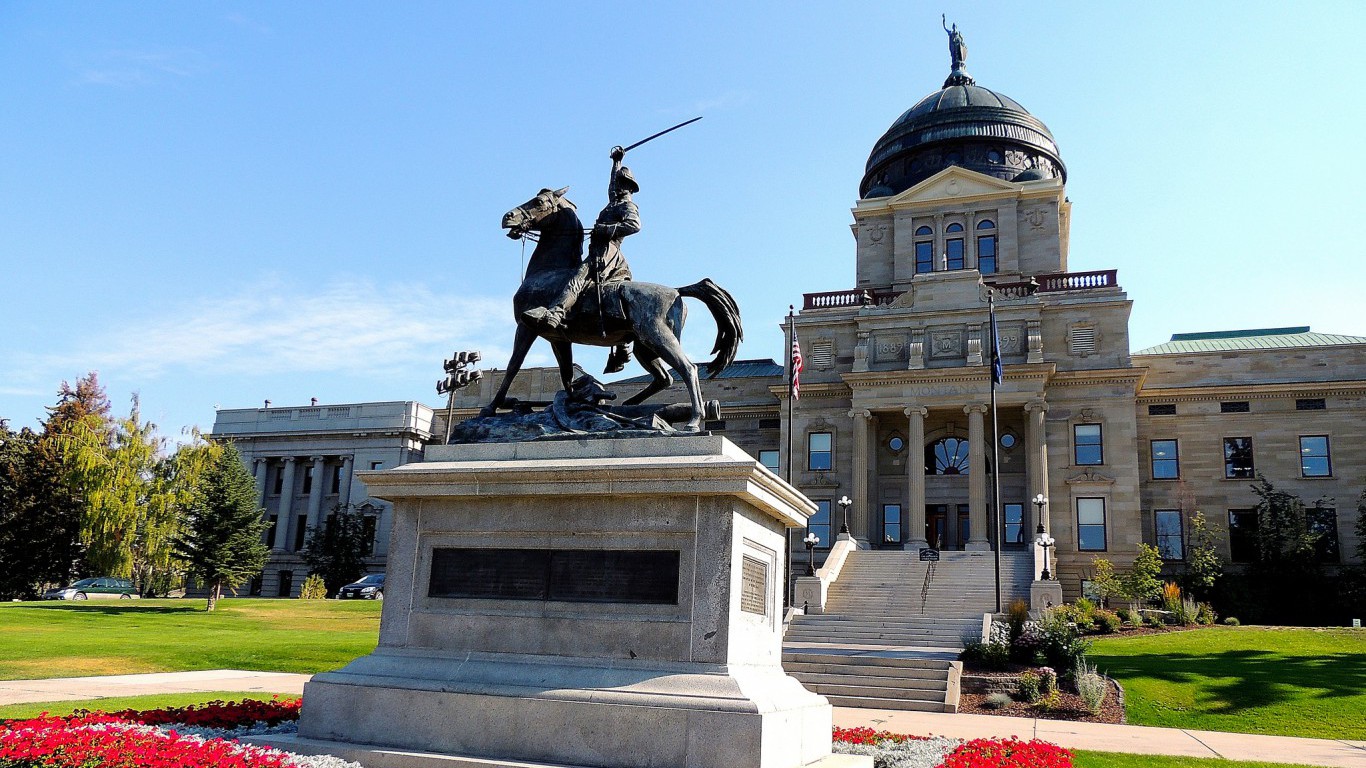
49. Montana
> Combined sales tax: 0.0%
> State sales tax: 0.0% (tied-the lowest)
> Avg. local sales tax: 0.0% (tied-the lowest)
> Cost of living: 5.8% lower (23rd lowest)
> Personal income per capita: $42,332 (13th lowest)

48. New Hampshire
> Combined sales tax: 0.0%
> State sales tax: 0.0% (tied-the lowest)
> Avg. local sales tax: 0.0% (tied-the lowest)
> Cost of living: 5.2% higher (9th highest)
> Personal income per capita: $58,654 (5th highest)

47. Oregon
> Combined sales tax: 0.0%
> State sales tax: 0.0% (tied-the lowest)
> Avg. local sales tax: 0.0% (tied-the lowest)
> Cost of living: 1.0% lower (17th highest)
> Personal income per capita: $45,526 (23rd lowest)
[in-text-ad-2]

46. Alaska
> Combined sales tax: 1.8%
> State sales tax: 0.0% (tied-the lowest)
> Avg. local sales tax: 1.8% (19th highest)
> Cost of living: 5.7% higher (8th highest)
> Personal income per capita: $55,588 (8th highest)

45. Hawaii
> Combined sales tax: 4.4%
> State sales tax: 4.0% (tied-7th lowest)
> Avg. local sales tax: 0.4% (19th lowest)
> Cost of living: 16.8% higher (the highest)
> Personal income per capita: $50,217 (19th highest)
[in-text-ad]
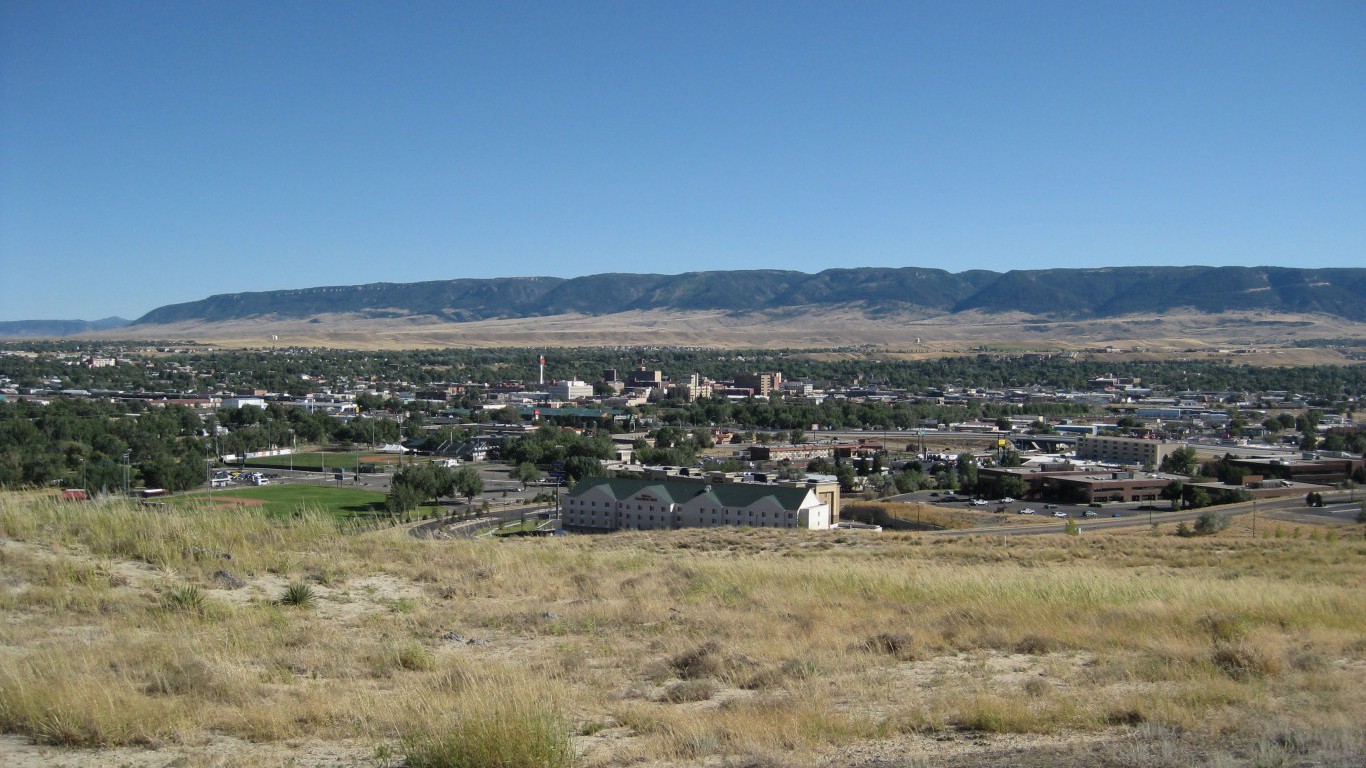
44. Wyoming
> Combined sales tax: 5.4%
> State sales tax: 4.0% (tied-7th lowest)
> Avg. local sales tax: 1.4% (20th highest)
> Cost of living: 3.8% lower (25th lowest)
> Personal income per capita: $55,104 (9th highest)
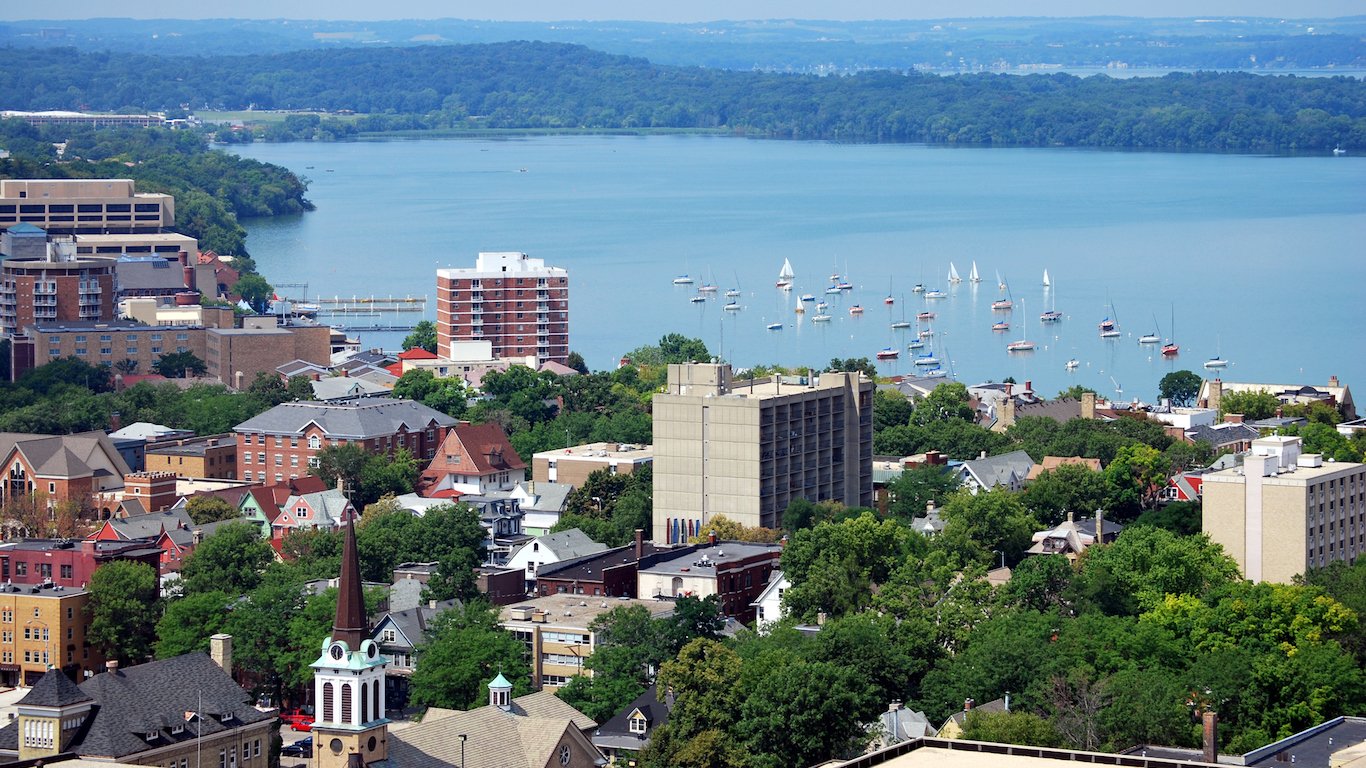
43. Wisconsin
> Combined sales tax: 5.4%
> State sales tax: 5.0% (tied-16th lowest)
> Avg. local sales tax: 0.4% (tied-20th lowest)
> Cost of living: 6.6% lower (tied-20th lowest)
> Personal income per capita: $47,446 (25th highest)
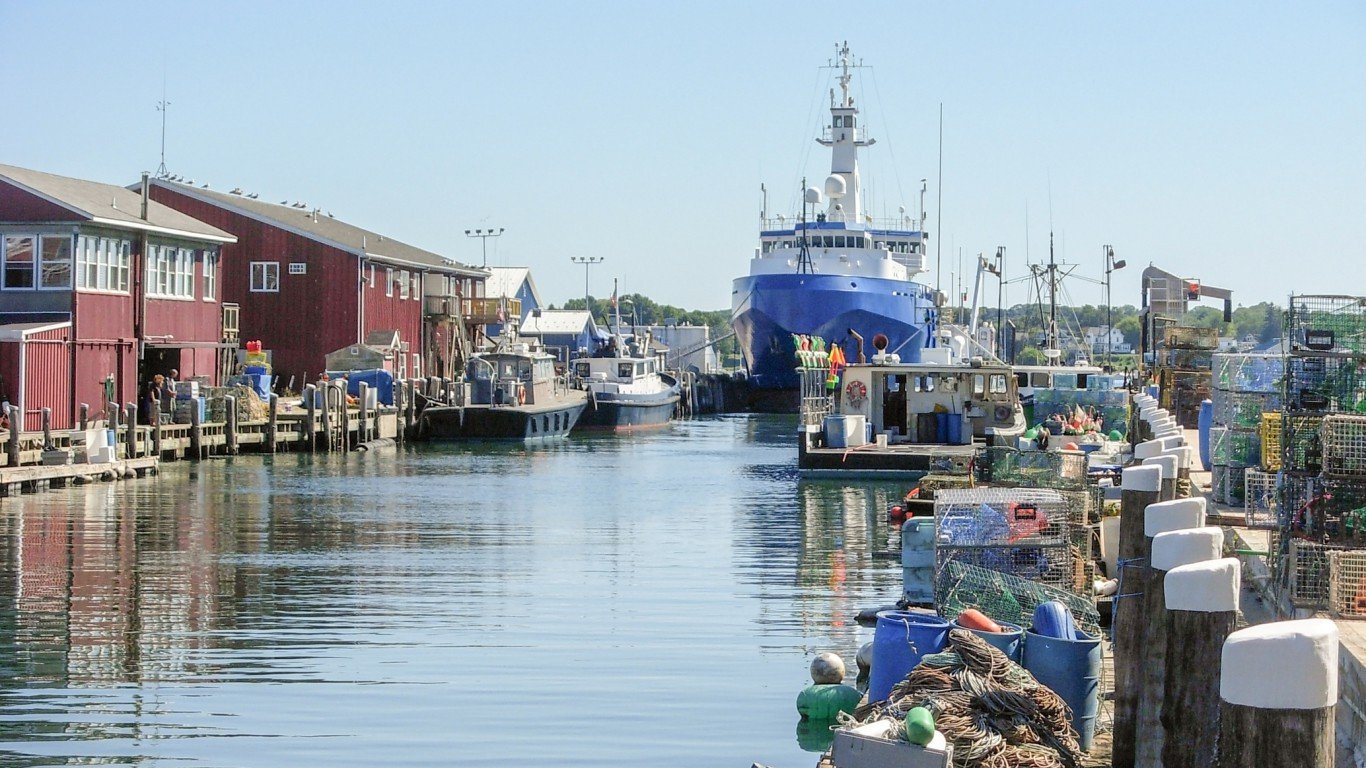
42. Maine
> Combined sales tax: 5.5%
> State sales tax: 5.5% (tied-21st lowest)
> Avg. local sales tax: 0.0% (tied-the lowest)
> Cost of living: 2.9% lower (22nd highest)
> Personal income per capita: $44,799 (20th lowest)
[in-text-ad-2]

41. Virginia
> Combined sales tax: 5.6%
> State sales tax: 5.3% (20th lowest)
> Avg. local sales tax: 0.3% (17th lowest)
> Cost of living: 2.6% higher (11th highest)
> Personal income per capita: $53,842 (11th highest)

40. Kentucky
> Combined sales tax: 6.0%
> State sales tax: 6.0% (tied-16th highest)
> Avg. local sales tax: 0.0% (tied-the lowest)
> Cost of living: 11.3% lower (5th lowest)
> Personal income per capita: $39,641 (8th lowest)
[in-text-ad]
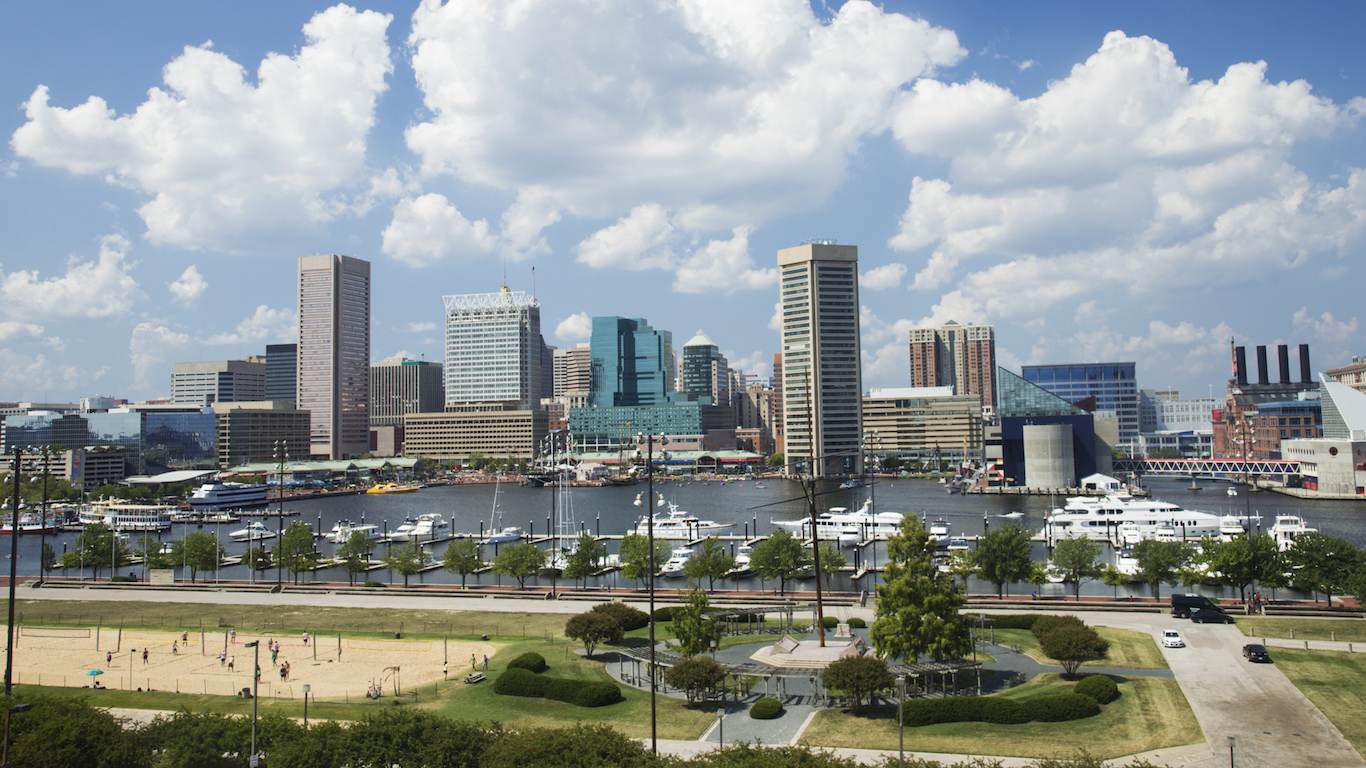
39. Maryland
> Combined sales tax: 6.0%
> State sales tax: 6.0% (tied-16th highest)
> Avg. local sales tax: 0.0% (tied-the lowest)
> Cost of living: 10.3% higher (5th highest)
> Personal income per capita: $58,149 (6th highest)

38. Michigan
> Combined sales tax: 6.0%
> State sales tax: 6.0% (tied-16th highest)
> Avg. local sales tax: 0.0% (tied-the lowest)
> Cost of living: 5.9% lower (22nd lowest)
> Personal income per capita: $44,663 (19th lowest)

37. Idaho
> Combined sales tax: 6.0%
> State sales tax: 6.0% (tied-16th highest)
> Avg. local sales tax: 0.0% (13th lowest)
> Cost of living: 6.6% lower (tied-20th lowest)
> Personal income per capita: $39,434 (5th lowest)
[in-text-ad-2]

36. Vermont
> Combined sales tax: 6.2%
> State sales tax: 6.0% (tied-16th highest)
> Avg. local sales tax: 0.2% (15th lowest)
> Cost of living: 1.2% higher (14th highest)
> Personal income per capita: $50,248 (18th highest)

35. Massachusetts
> Combined sales tax: 6.3%
> State sales tax: 6.3% (tied-13th highest)
> Avg. local sales tax: 0.0% (tied-the lowest)
> Cost of living: 7.1% higher (7th highest)
> Personal income per capita: $65,143 (2nd highest)
[in-text-ad]

34. West Virginia
> Combined sales tax: 6.3%
> State sales tax: 6.0% (tied-16th highest)
> Avg. local sales tax: 0.3% (16th lowest)
> Cost of living: 11.1% lower (6th lowest)
> Personal income per capita: $37,189 (2nd lowest)

33. Pennsylvania
> Combined sales tax: 6.3%
> State sales tax: 6.0% (tied-16th highest)
> Avg. local sales tax: 0.3% (18th lowest)
> Cost of living: 1.8% lower (19th highest)
> Personal income per capita: $51,401 (17th highest)

32. Connecticut
> Combined sales tax: 6.4%
> State sales tax: 6.4% (12th highest)
> Avg. local sales tax: 0.0% (tied-the lowest)
> Cost of living: 8.8% higher (6th highest)
> Personal income per capita: $71,568 (the highest)
[in-text-ad-2]

31. South Dakota
> Combined sales tax: 6.4%
> State sales tax: 4.5% (tied-13th lowest)
> Avg. local sales tax: 1.9% (17th highest)
> Cost of living: 12.0% lower (4th lowest)
> Personal income per capita: $48,388 (23rd highest)
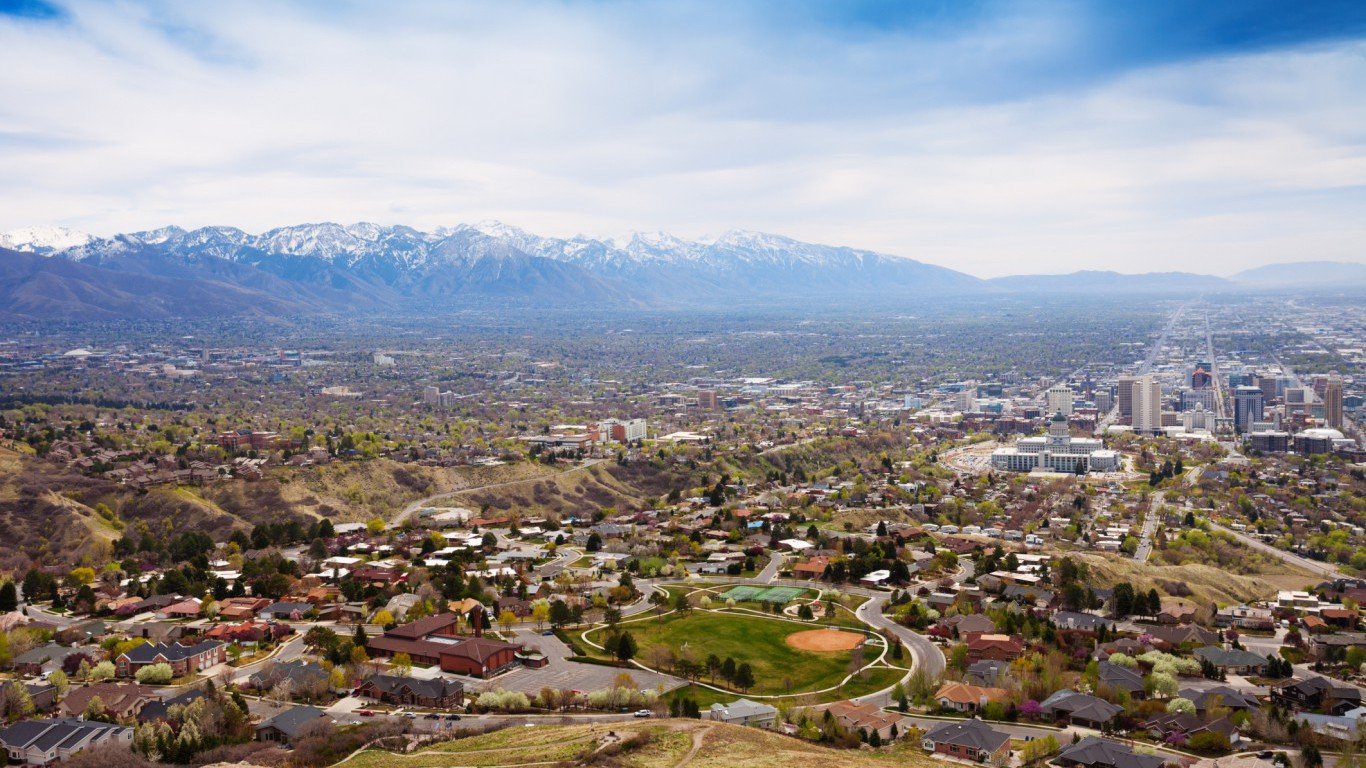
30. Utah
> Combined sales tax: 6.8%
> State sales tax: 6.0% (25th lowest)
> Avg. local sales tax: 0.8% (24th lowest)
> Cost of living: 3.0% lower (23rd highest)
> Personal income per capita: $40,837 (10th lowest)
[in-text-ad]
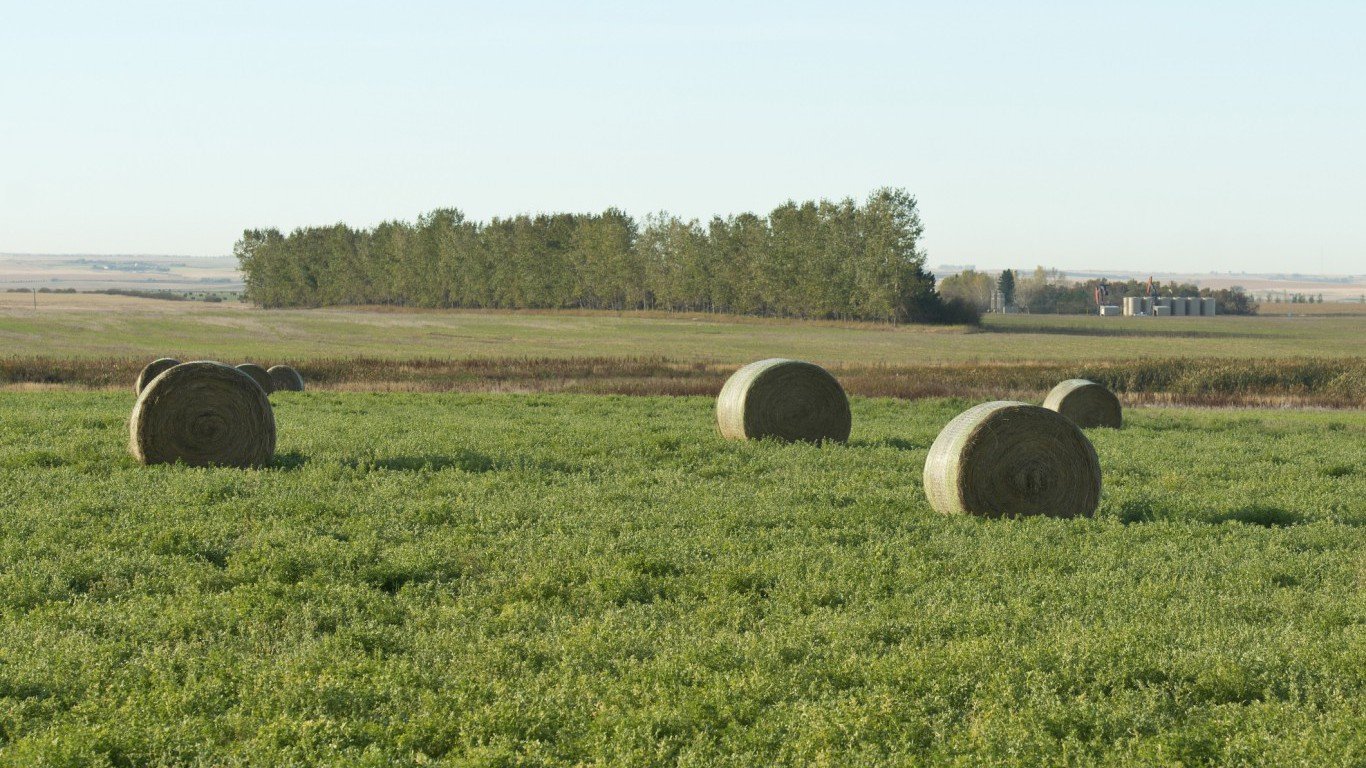
29. North Dakota
> Combined sales tax: 6.8%
> State sales tax: 5.0% (tied-16th lowest)
> Avg. local sales tax: 1.8% (18th highest)
> Cost of living: 8.5% lower (17th lowest)
> Personal income per capita: $54,231 (10th highest)

28. Florida
> Combined sales tax: 6.8%
> State sales tax: 6.0% (tied-16th highest)
> Avg. local sales tax: 0.8% (tied-22nd lowest)
> Cost of living: 0.9% lower (16th highest)
> Personal income per capita: $45,829 (24th lowest)
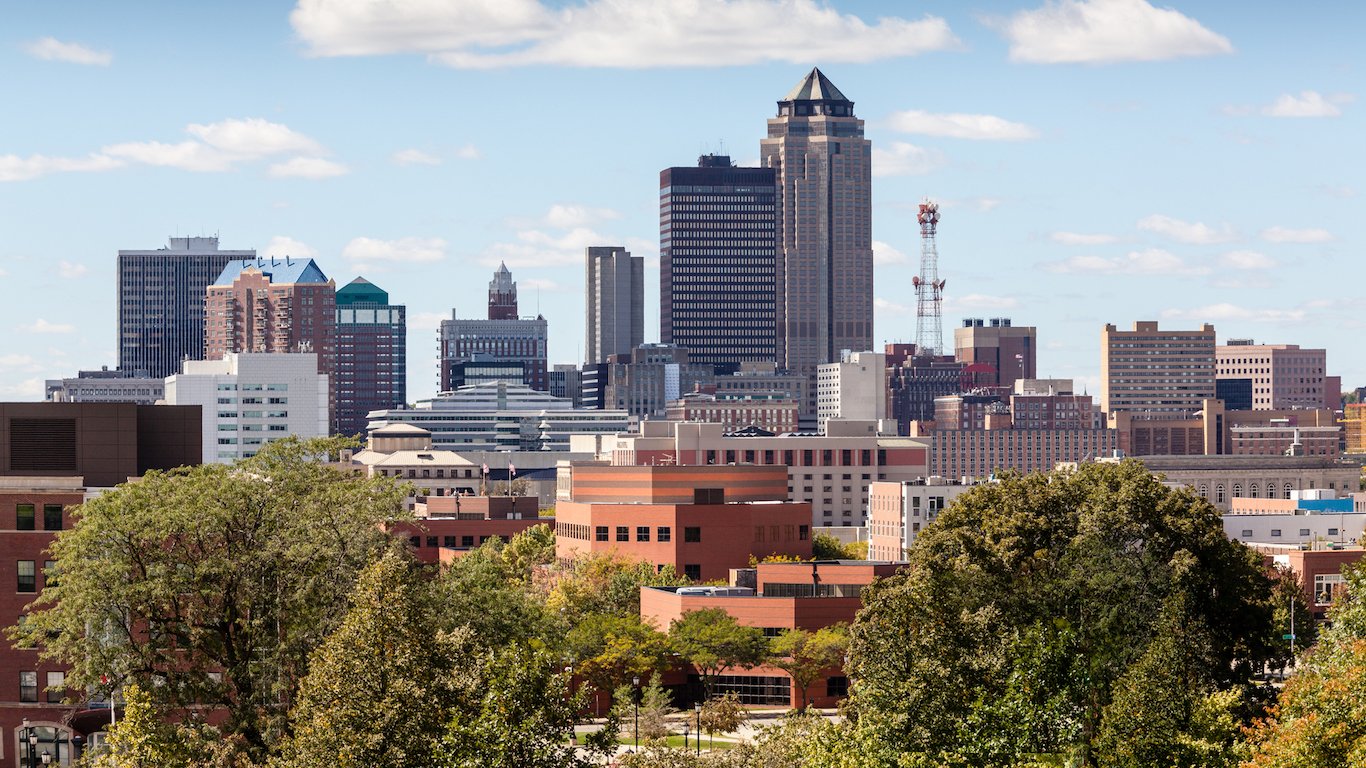
27. Iowa
> Combined sales tax: 6.8%
> State sales tax: 6.0% (tied-16th highest)
> Avg. local sales tax: 0.8% (tied-22nd lowest)
> Cost of living: 9.7% lower (11th lowest)
> Personal income per capita: $46,929 (25th lowest)
[in-text-ad-2]

26. New Jersey
> Combined sales tax: 6.9%
> State sales tax: 6.9% (tied-6th highest)
> Avg. local sales tax: N/A
> Cost of living: 14.5% higher (3rd highest)
> Personal income per capita: $62,259 (3rd highest)
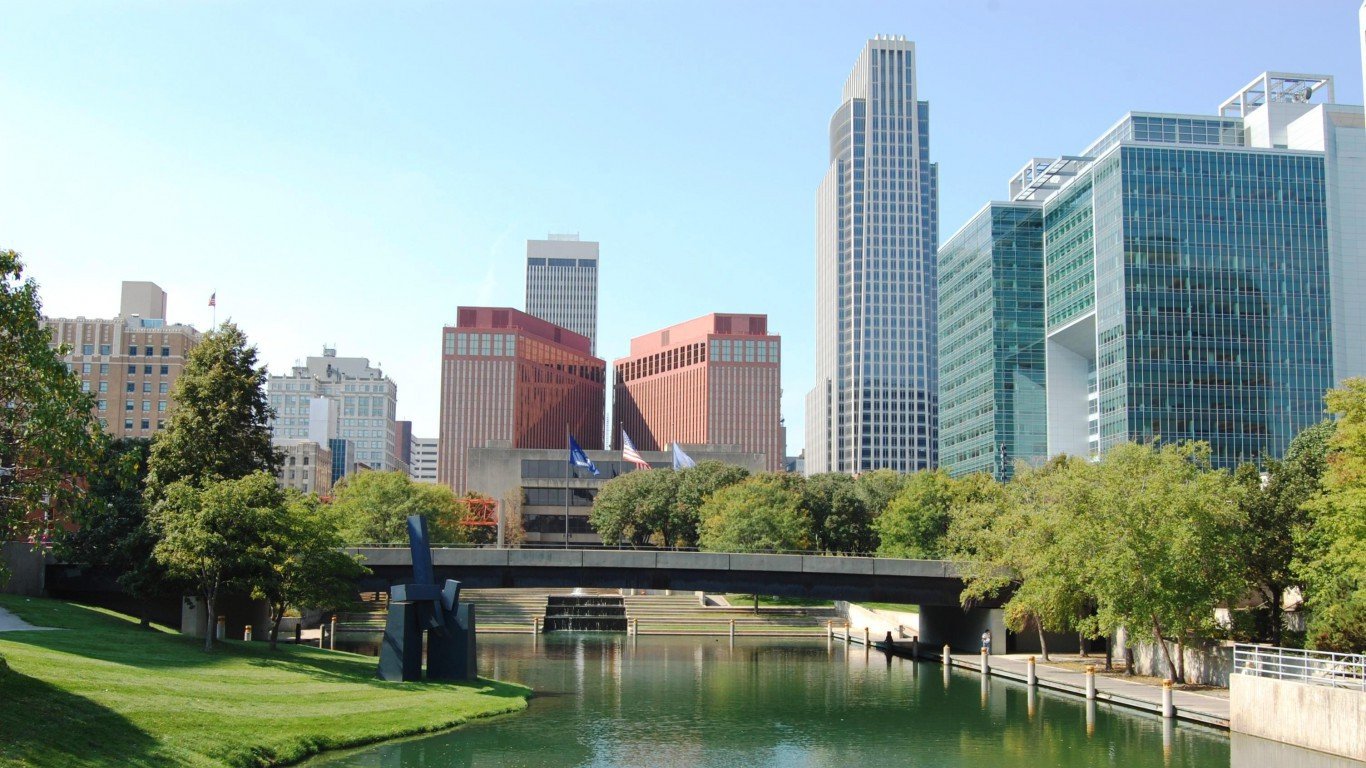
25. Nebraska
> Combined sales tax: 6.9%
> State sales tax: 5.5% (tied-21st lowest)
> Avg. local sales tax: 1.4% (tied-21st highest)
> Cost of living: 9.4% lower (13th lowest)
> Personal income per capita: $49,593 (20th highest)
[in-text-ad]

24. North Carolina
> Combined sales tax: 6.9%
> State sales tax: 4.8% (15th lowest)
> Avg. local sales tax: 2.2% (14th highest)
> Cost of living: 8.3% lower (18th lowest)
> Personal income per capita: $42,187 (12th lowest)

23. Georgia
> Combined sales tax: 7.0%
> State sales tax: 4.0% (tied-7th lowest)
> Avg. local sales tax: 3.0% (7th highest)
> Cost of living: 8.0% lower (19th lowest)
> Personal income per capita: $41,764 (11th lowest)
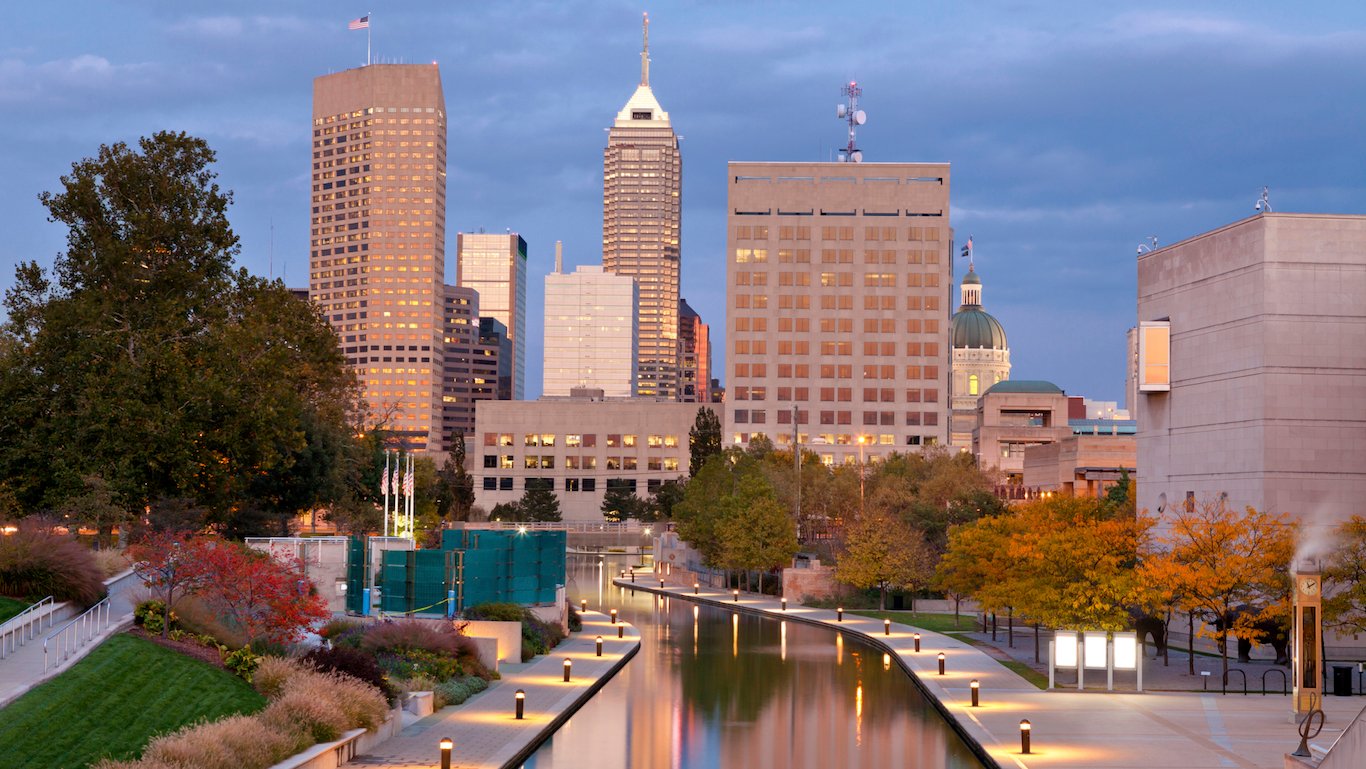
22. Indiana
> Combined sales tax: 7.0%
> State sales tax: 7.0% (tied-2nd highest)
> Avg. local sales tax: 0.0% (tied-the lowest)
> Cost of living: 8.6% lower (tied-15th lowest)
> Personal income per capita: $43,690 (17th lowest)
[in-text-ad-2]

21. Rhode Island
> Combined sales tax: 7.0%
> State sales tax: 7.0% (tied-2nd highest)
> Avg. local sales tax: 0.0% (tied-the lowest)
> Cost of living: 1.3% lower (18th highest)
> Personal income per capita: $51,579 (16th highest)
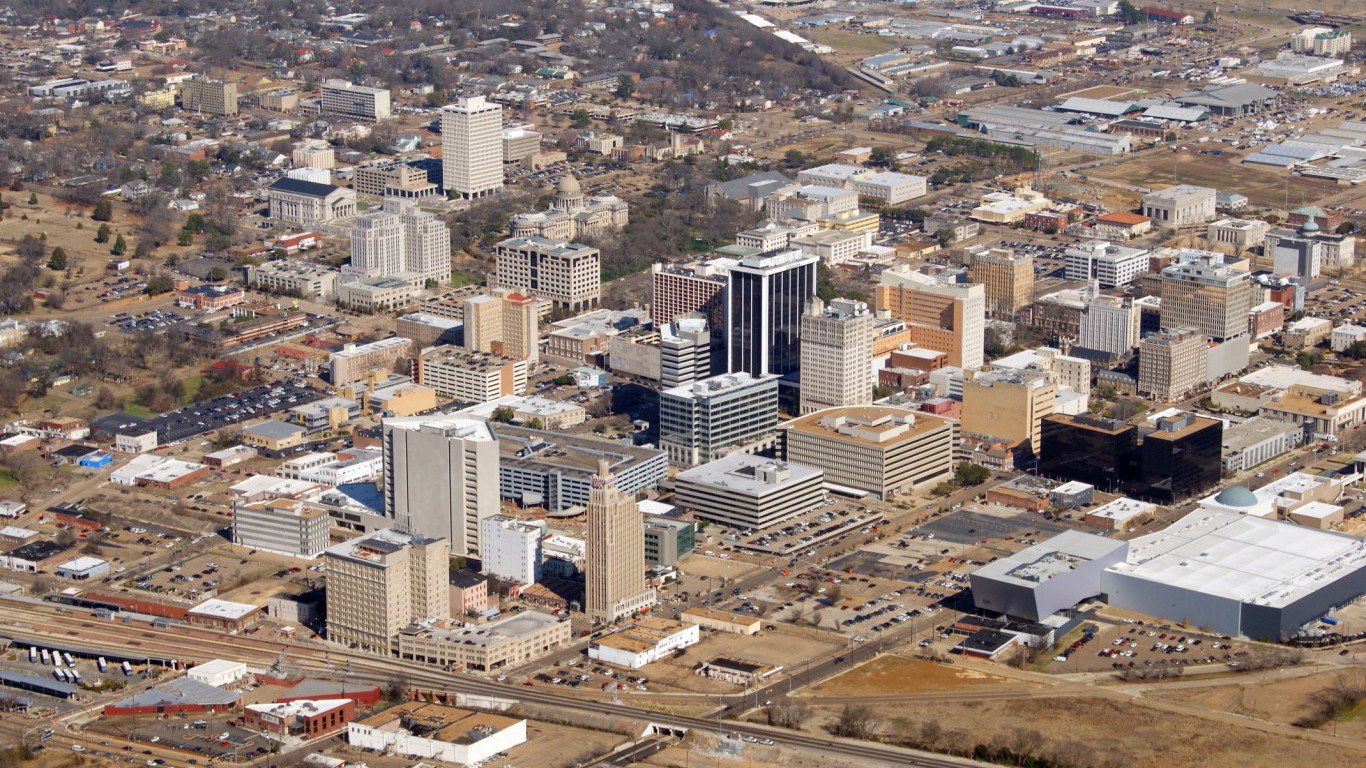
20. Mississippi
> Combined sales tax: 7.1%
> State sales tax: 7.0% (tied-2nd highest)
> Avg. local sales tax: 0.1% (14th lowest)
> Cost of living: 13.3% lower (the lowest)
> Personal income per capita: $36,025 (the lowest)
[in-text-ad]

19. Ohio
> Combined sales tax: 7.1%
> State sales tax: 5.8% (24th lowest)
> Avg. local sales tax: 1.4% (tied-21st highest)
> Cost of living: 10.7% lower (7th lowest)
> Personal income per capita: $45,148 (21st lowest)

18. South Carolina
> Combined sales tax: 7.2%
> State sales tax: 6.0% (tied-16th highest)
> Avg. local sales tax: 1.2% (23rd highest)
> Cost of living: 9.5% lower (12th lowest)
> Personal income per capita: $39,624 (7th lowest)

17. Minnesota
> Combined sales tax: 7.3%
> State sales tax: 6.9% (tied-6th highest)
> Avg. local sales tax: 0.4% (tied-20th lowest)
> Cost of living: 2.4% lower (21st highest)
> Personal income per capita: $52,284 (14th highest)
[in-text-ad-2]
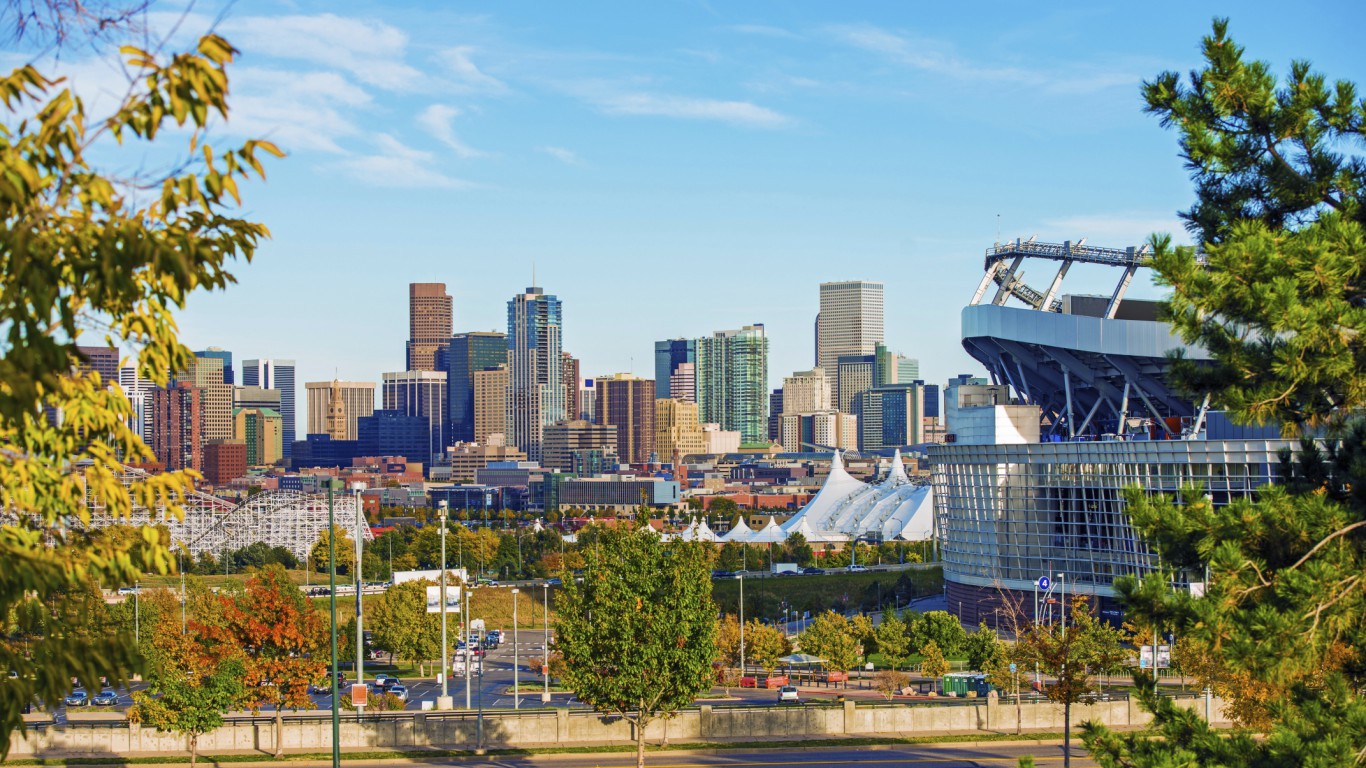
16. Colorado
> Combined sales tax: 7.5%
> State sales tax: 2.9% (6th lowest)
> Avg. local sales tax: 4.6% (3rd highest)
> Cost of living: 2.0% higher (12th highest)
> Personal income per capita: $51,958 (15th highest)

15. New Mexico
> Combined sales tax: 7.6%
> State sales tax: 5.1% (19th lowest)
> Avg. local sales tax: 2.4% (11th highest)
> Cost of living: 5.0% lower (24th lowest)
> Personal income per capita: $38,796 (3rd lowest)
[in-text-ad]

14. Missouri
> Combined sales tax: 7.9%
> State sales tax: 4.2% (12th lowest)
> Avg. local sales tax: 3.7% (6th highest)
> Cost of living: 10.6% lower (8th lowest)
> Personal income per capita: $43,958 (18th lowest)

13. Nevada
> Combined sales tax: 8.0%
> State sales tax: 6.9% (8th highest)
> Avg. local sales tax: 1.1% (24th highest)
> Cost of living: 2.3% lower (20th highest)
> Personal income per capita: $43,256 (14th lowest)
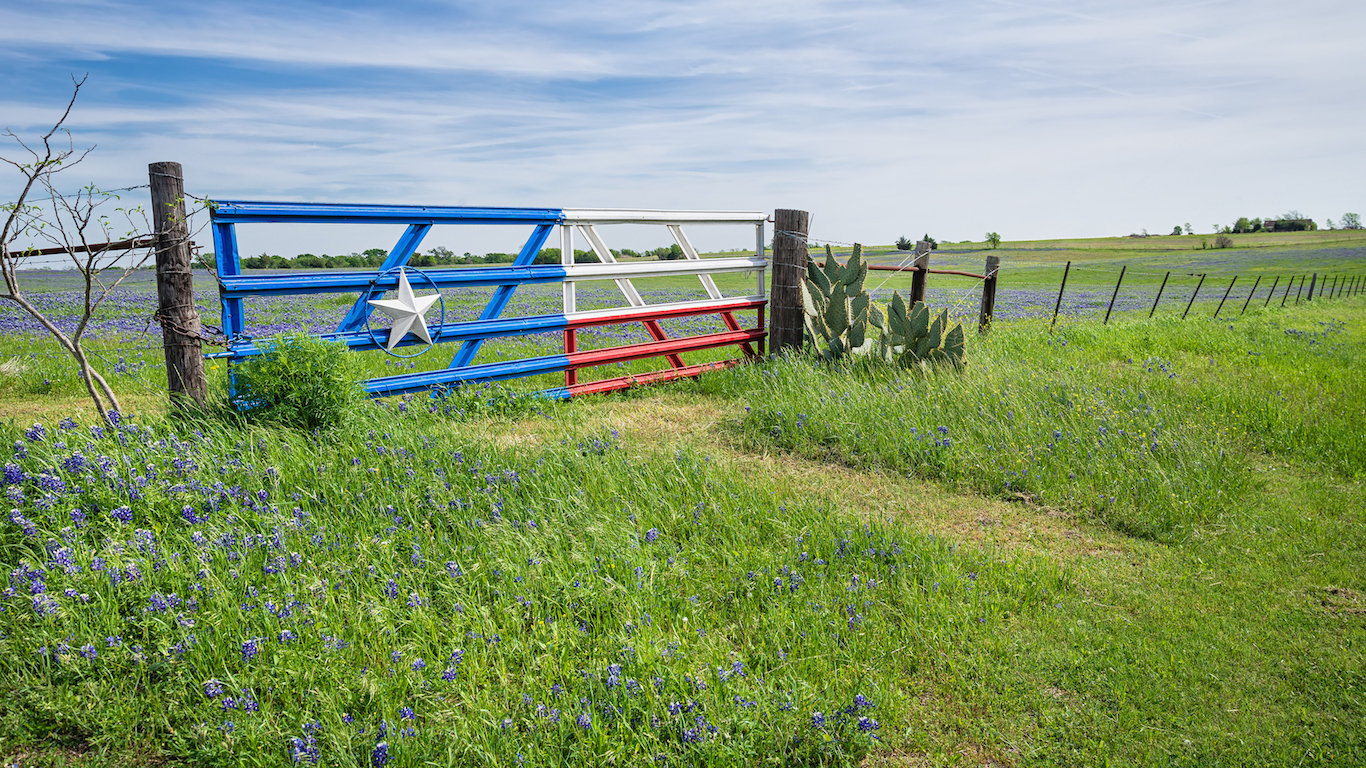
12. Texas
> Combined sales tax: 8.2%
> State sales tax: 6.3% (tied-13th highest)
> Avg. local sales tax: 1.9% (16th highest)
> Cost of living: 3.4% lower (24th highest)
> Personal income per capita: $47,650 (24th highest)
[in-text-ad-2]

11. Arizona
> Combined sales tax: 8.3%
> State sales tax: 5.6% (23rd lowest)
> Avg. local sales tax: 2.7% (9th highest)
> Cost of living: 3.6% lower (25th highest)
> Personal income per capita: $40,215 (9th lowest)

10. California
> Combined sales tax: 8.3%
> State sales tax: 7.3% (the highest)
> Avg. local sales tax: 1.0% (25th lowest)
> Cost of living: 12.4% higher (4th highest)
> Personal income per capita: $55,856 (7th highest)
[in-text-ad]

9. New York
> Combined sales tax: 8.5%
> State sales tax: 4.0% (tied-7th lowest)
> Avg. local sales tax: 4.5% (4th highest)
> Cost of living: 15.7% higher (2nd highest)
> Personal income per capita: $60,877 (4th highest)

8. Kansas
> Combined sales tax: 8.6%
> State sales tax: 6.5% (tied-9th highest)
> Avg. local sales tax: 2.1% (15th highest)
> Cost of living: 9.3% lower (14th lowest)
> Personal income per capita: $48,533 (22nd highest)
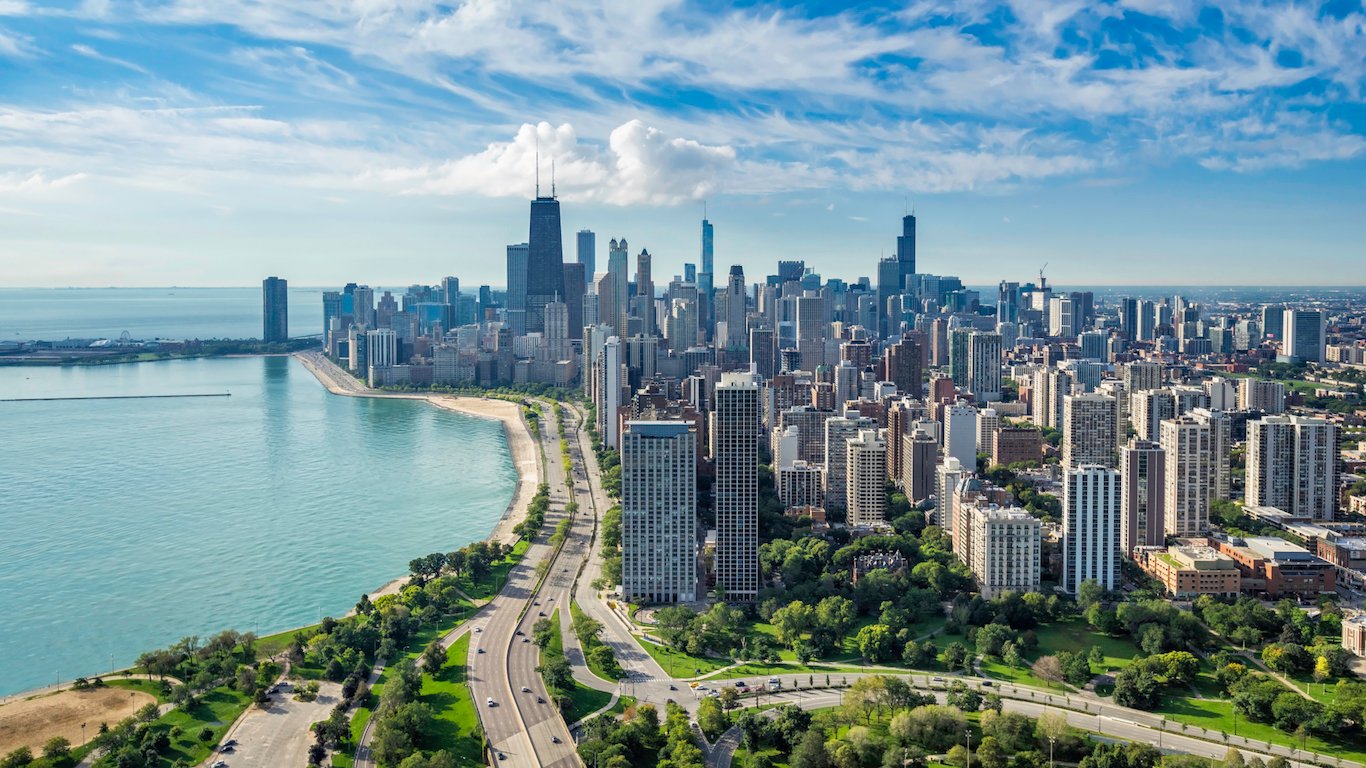
7. Illinois
> Combined sales tax: 8.6%
> State sales tax: 6.3% (tied-13th highest)
> Avg. local sales tax: 2.4% (13th highest)
> Cost of living: 0.7% higher (15th highest)
> Personal income per capita: $52,482 (13th highest)
[in-text-ad-2]

6. Oklahoma
> Combined sales tax: 8.9%
> State sales tax: 4.5% (tied-13th lowest)
> Avg. local sales tax: 4.4% (5th highest)
> Cost of living: 9.9% lower (9th lowest)
> Personal income per capita: $45,326 (22nd lowest)

5. Washington
> Combined sales tax: 8.9%
> State sales tax: 6.5% (tied-9th highest)
> Avg. local sales tax: 2.4% (12th highest)
> Cost of living: 3.8% higher (10th highest)
> Personal income per capita: $53,749 (12th highest)
[in-text-ad]
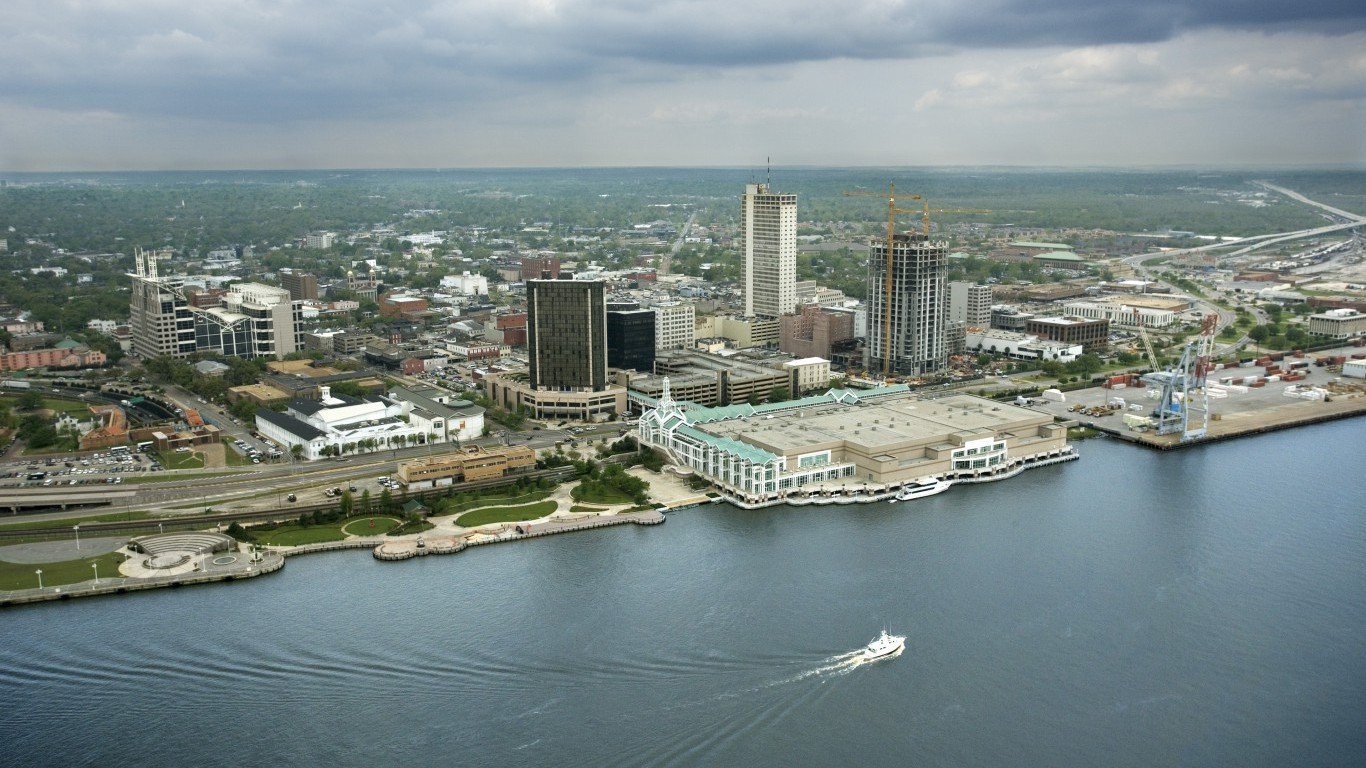
4. Alabama
> Combined sales tax: 9.0%
> State sales tax: 4.0% (tied-7th lowest)
> Avg. local sales tax: 5.0% (the highest)
> Cost of living: 12.2% lower (3rd lowest)
> Personal income per capita: $39,372 (4th lowest)
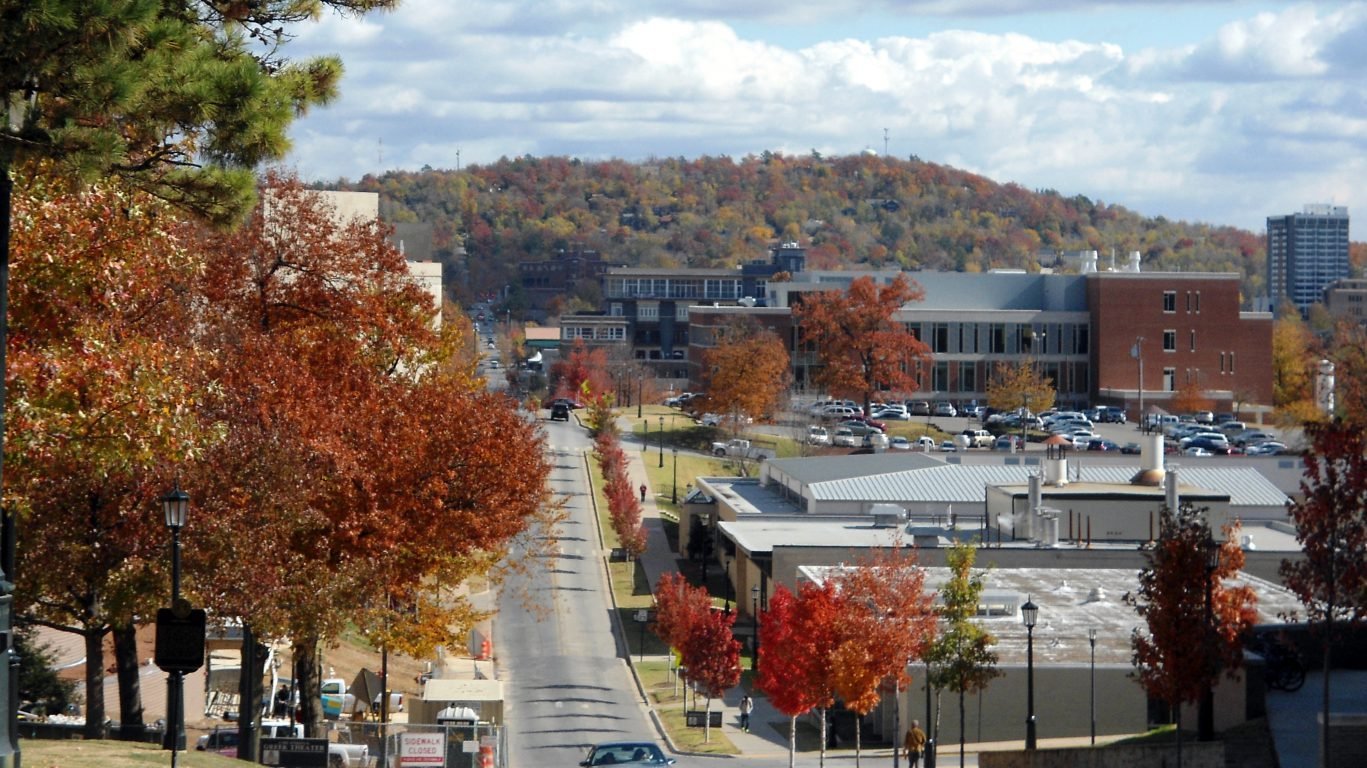
3. Arkansas
> Combined sales tax: 9.3%
> State sales tax: 6.5% (tied-9th highest)
> Avg. local sales tax: 2.8% (8th highest)
> Cost of living: 12.5% lower (2nd lowest)
> Personal income per capita: $39,602 (6th lowest)

2. Tennessee
> Combined sales tax: 9.5%
> State sales tax: 7.0% (tied-2nd highest)
> Avg. local sales tax: 2.5% (10th highest)
> Cost of living: 9.8% lower (10th lowest)
> Personal income per capita: $43,389 (15th lowest)
[in-text-ad-2]

1. Louisiana
> Combined sales tax: 10.0%
> State sales tax: 5.0% (tied-16th lowest)
> Avg. local sales tax: 5.0% (2nd highest)
> Cost of living: 8.6% lower (tied-15th lowest)
> Personal income per capita: $43,576 (16th lowest)
Are you ready for retirement? Planning for retirement can be overwhelming, that’s why it could be a good idea to speak to a fiduciary financial advisor about your goals today.
Start by taking this retirement quiz right here from SmartAsset that will match you with up to 3 financial advisors that serve your area and beyond in 5 minutes. Smart Asset is now matching over 50,000 people a month.
Click here now to get started.
Thank you for reading! Have some feedback for us?
Contact the 24/7 Wall St. editorial team.